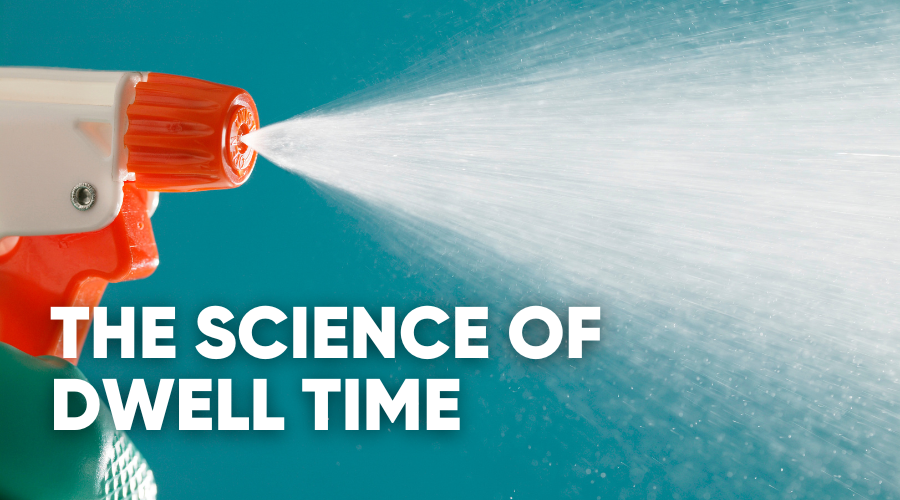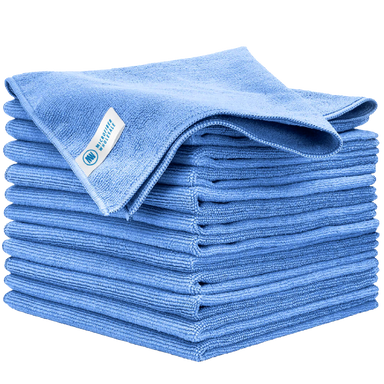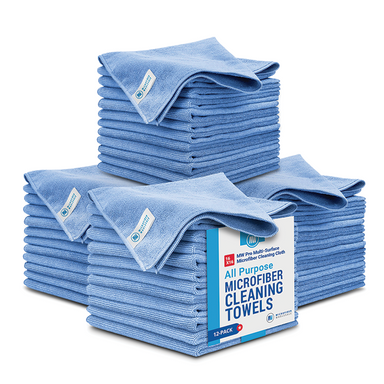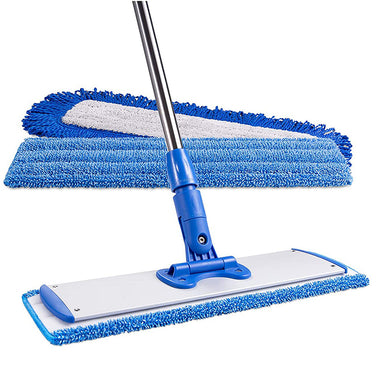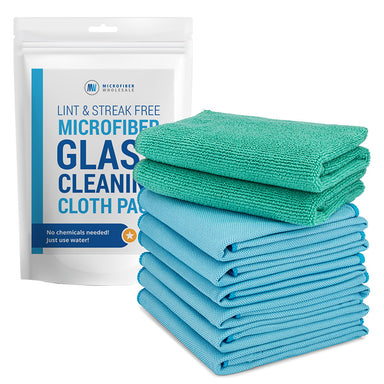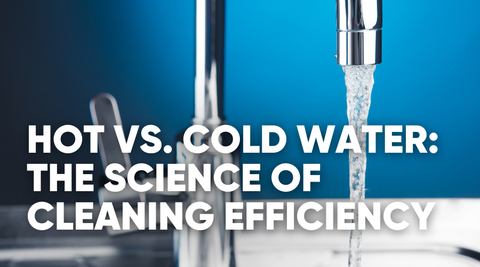In professional cleaning, results aren’t just about technique, they’re about timing. Dwell time refers to the period a cleaner or disinfectant must remain wet on a surface to effectively break down soils, dissolve buildup, or kill pathogens.
When a product dries too soon, its active ingredients stop working. That means if you spray and wipe immediately, you’re likely removing the chemical before it has finished reacting with what you’re trying to clean.
Dwell time is one of the simplest yet most overlooked factors in cleaning effectiveness. Honoring it doesn’t slow you down, it ensures your work actually delivers the results you’re aiming for.









